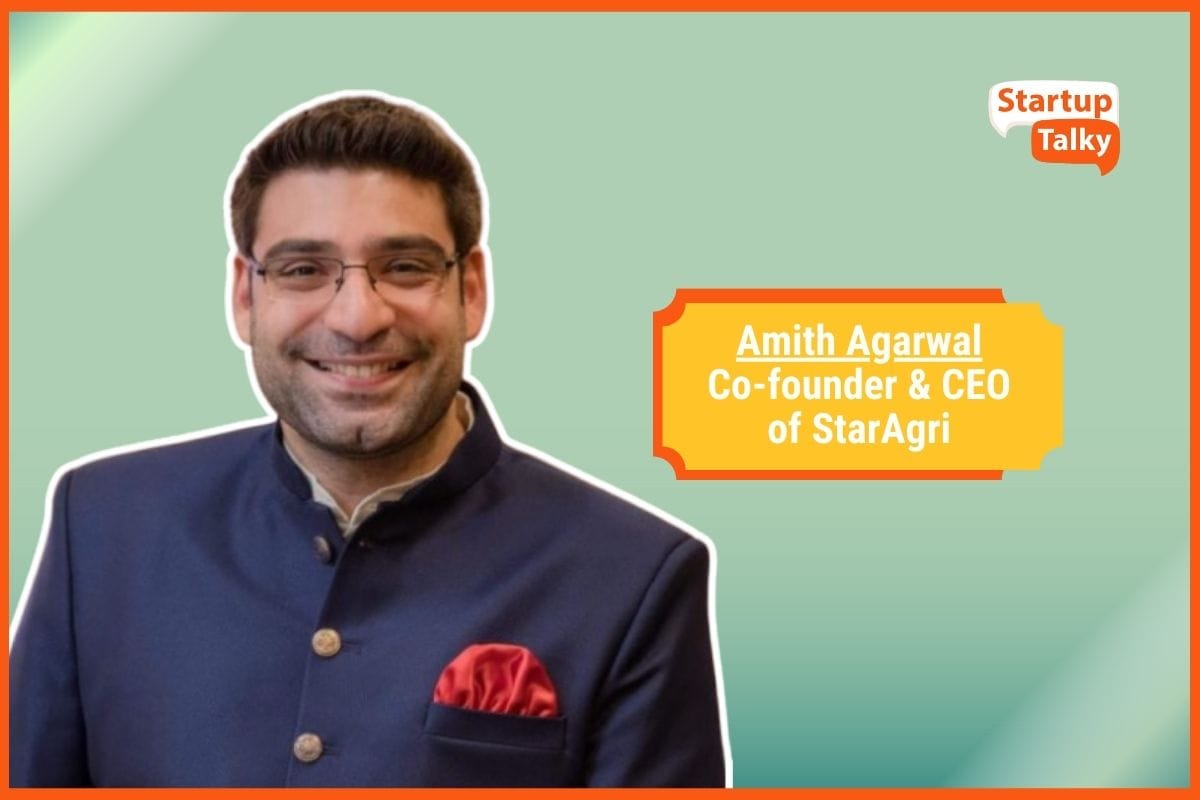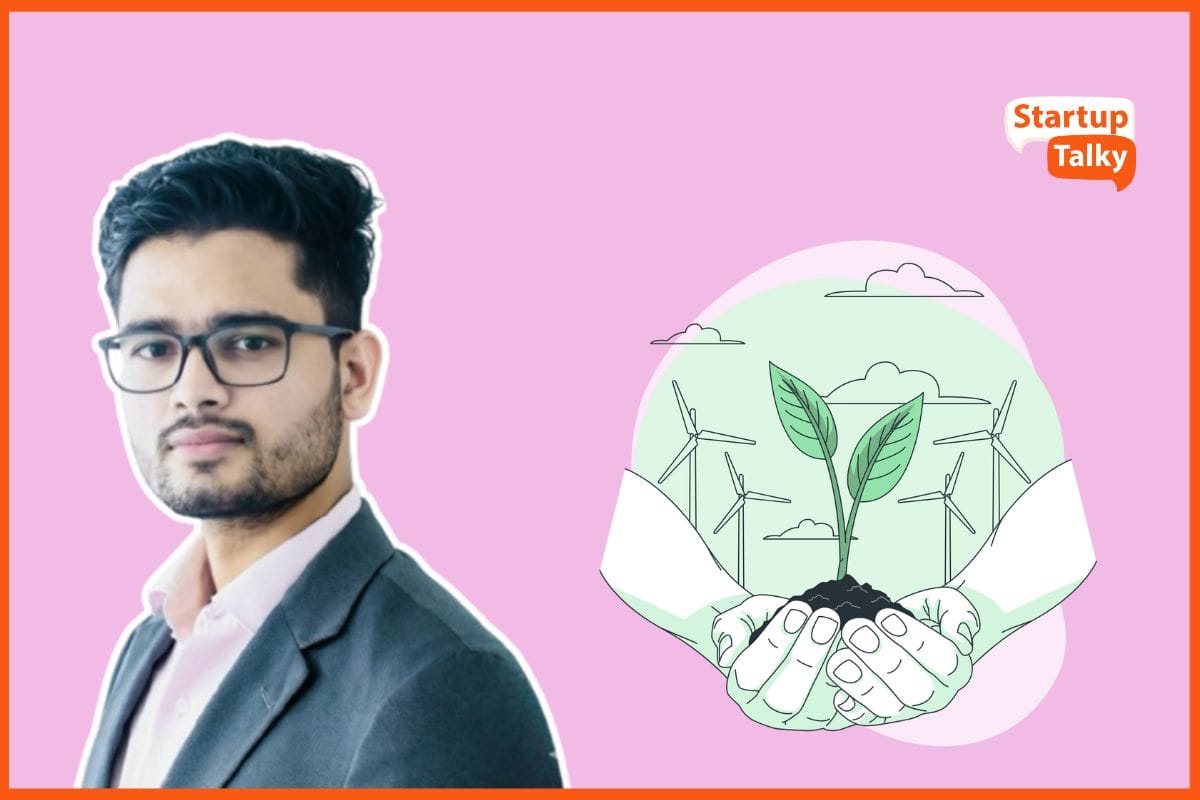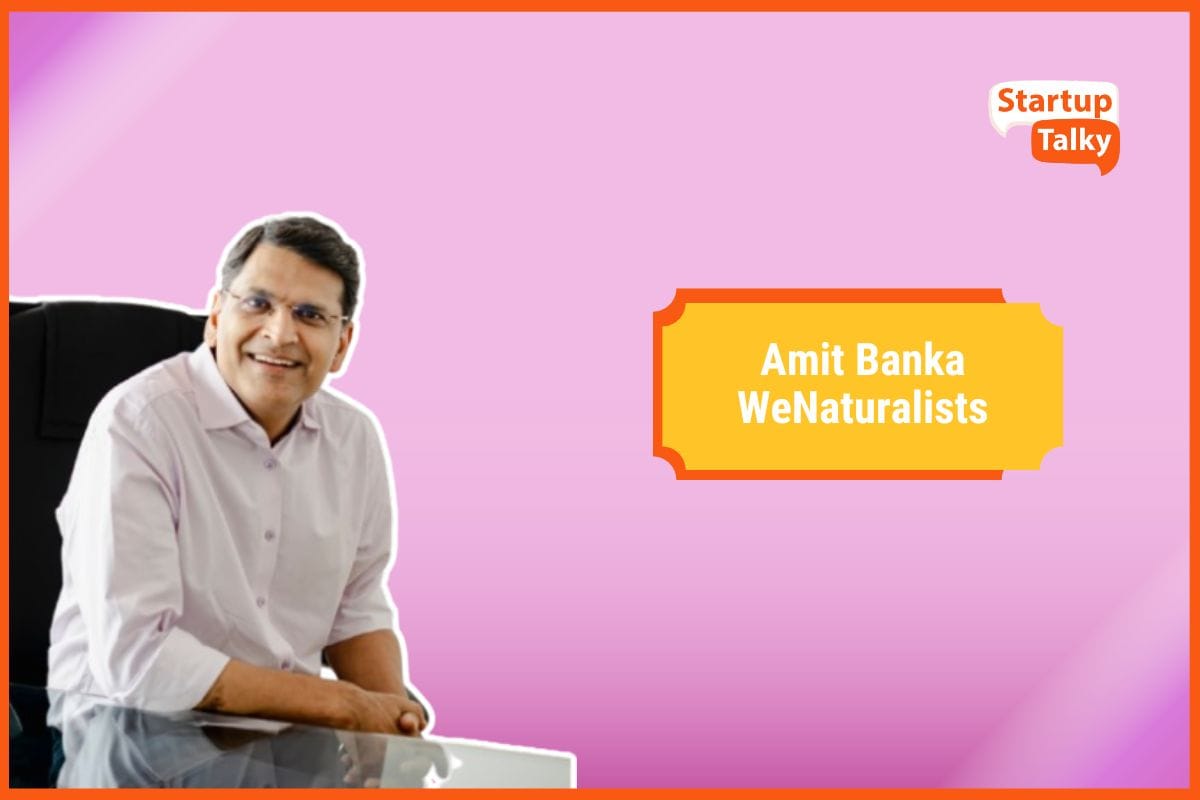Different Stages of SaaS User
💻 SaaS
You probably use a variety of different SaaS products every day. That's because software as a service (SaaS) market is growing quickly, and spreading rapidly. But on the other side of the coin, if you're a business leader or a customer success manager (CSM) at a SaaS company, you need to understand the different behaviors and strategies for earning new SaaS customers or else you'll be one of many SaaS companies that don't grow fast enough.
You don’t buy a SaaS product once and forget it. There’s no true autopilot or end of the journey, just a SaaS customer life cycle that continues to grow and evolve, generating the recurring revenue that you need to survive. It’s a cycle that seems very straightforward but proper execution requires a lot of smart timing and knowledge. In essence, you’re finding a customer, getting them to sign up for your SaaS offer, and then trying to keep them. In practice, there are a variety of considerations during and between each step that can lead to success or frustrated customers who leave.

The SaaS customer life cycle can be broken down into three stages - the acquisition, engagement, and retention of your customers. SaaS products are different than others because it's not enough to get a customer to buy once, you need them to engage with your product repeatedly to see value so that they'll keep buying from you every month, or every year.
How to:
- Track Customer Acquisition in SaaS?
- Validate your SaaS idea before building an MVP?
- Set Pricing for Your SaaS Product?
Acquisition Stages
During the acquisition stages of the customer life cycle, customers are looking for a solution to a problem they’re experiencing. Education is vital at this point: you need to help your customers understand their problem, and help them understand how your SaaS tool will help them solve it.
Traditionally, companies aren’t great at this – they have a tendency to sell too hard, too soon, and put-off prospective customers with an overly enthusiastic sales pitch when they’re in ‘research mode’, rather than ‘buying mode’.
Awareness
The start of the customer life cycle, whether you’re a SaaS provider or any other company, is when your customer first becomes aware of an issue they have. Through marketing, referrals, demonstrations, and other tactics, you also make them aware that your solution solves their problem. Think of this as the educational stage. You’re just trying to inform someone about your offering, and that can mean providing a lot of context.

If you’re struggling on where to start with awareness, there’s one content trick that works with successfully with companies from start-ups to some of the largest cloud security companies in the U.S.: turn each question in your FAQ into an individual post, graphic, video, or other element. Answer the questions people have and demonstrate your capabilities, and they’ll be aware of you and what you do.
Consideration
By now, your customers will have a decent understanding of their problem, and will have identified several potential SaaS solutions that they’re considering.
Qualification
Building on awareness is the qualification of leads and customers. In this stage of the SaaS customer life cycle, you’re taking a potential customer and determining if they’re a good fit for your business. At the same time, the customer is looking through your materials or perhaps trying a demo to see if they think you’re a good fit. Your customers will narrow down their options to just a few solutions. They might start free trials, request a demo, or start a conversation with your sales team.

If you’re in a new software category or have a very different take on functionality and workflows, make your support information and teams available to help. Treating the qualification stage as the start of your on-boarding will help your team deliver quality service that can boost conversions.
Also read:
Engagement Stages
The engagement stages are key to the success of your SaaS company. It’s where your customers make their leap of faith, and start paying for your service. According to Intercom, 40-60% of users use a SaaS product once, and then never return.
You then need to provide real, tangible value to the user as quickly as possible, to convince them that it’s worth their investment. Getting that first session right is essential for keeping your customers coming back for more.

Evaluation
Your customers are now in the final stages of their decision-making. They’ll be asking your sales team very usage-specific, or company-specific questions about the capabilities of your solution, to assess whether or not your solution will meet their needs and solve their problem.
Purchase
This is it – the magic moment when they part with their credit card details and officially become paying customers. Your customer has made it to the first major milestone, congrats!
Carve out purchase decisions as their own step when you’re mapping your customer journey. This helps you test and validate the process as well as see why customers do or don’t buy from you. Closing the deal is also an appropriate time to evaluate your marketing and other efforts so far, plus perform audits on documentation and payment methods.
When the interested party becomes a paying customer, thank them. Introduce your team again and remind the customer of your dedicated support and services. Be helpful and ask for your first round of feedback so that you can make the qualification and purchase steps easier for potential customers to complete.
Activation
Now they’ve paid for your service, your customers are starting to use it. They’ll work through any on boarding processes you have, and (hopefully) start to get value from using your solution. After the purchase decision is made, the SaaS life cycle shifts. You’re dealing directly with fewer managers and C-Suite leaders. Your focus becomes the daily user. This is the person who needs training and support to figure out how to use your software.
The benefit to thinking about this stage as a shift in your target customer is that you and your teams will focus on making a good “first impression” with daily users. Actively listening to their needs and being responsive during the onboarding and training process can keep them happy. In many cases, SaaS contracts can be cancelled at any time. Competitors are also waiting to grab frustrated users from you. This is your first big customer filter and you want to get on the good side of users to keep their whole organization happy.
Relevant read:
Retention Stages
In these later stages of the customer life cycle, your focus should be on customer success: providing continuing value to your customers, and providing excellent support and information to help your customers maximize the value they get from your service, to reduce or prevent churn.
It’s cheaper to retain existing customers than it is to acquire new ones, but many companies often overlook investing in customer success, focusing instead on lead generation and customer acquisition to fuel their business growth.
Expansion
The next phase in the SaaS customer journey is when the customer and their teams become regular users of your service. You become part of their daily operations and need to treat this with the respect that it deserves. They may decide they need additional features or functionality available from higher-price packages, expanding from the initial package or service they signed up for.
For demonstrating that respect, your mission is here to give your customers the tools, information, and support they need to properly implement change management. By understanding customer workflows and how your product disrupts them, you can determine the best way to position your SaaS capabilities. Ask your customers what they hope to achieve with regular use and provide tips and guides for how to accomplish this.
Renewal
After you’ve become part of the customer’s new daily routine, you need to ensure that you’ve made the routine better. The months or year after first landing an onboarding is a big-time milestone and decision for many. Your customers’ initial contracted use period has come to an end, and they decide to continue paying for, and using, your service. Your customer is looking at their budget for the next quarter or year and questioning if you’re worth it. You’re doing the same and seeing if you need to change your pricing structure or what features to provide to keep people happy.
The purchase decision often relies on hopes for improved efficiencies and bottom-line gains: how will this help our business. The renewal decision, however, is focused on if those gains were achieved and how the customer felt about it. You have to not only be a benefit but feel like one. To put this in perspective, think about a time before you had one of your go-to SaaS tools, like a CRM. In your pre-CRM days, you did all that customer management in spreadsheets and hand-written to-do lists and called or emailed when you remembered and had the time. Some people just fell through the cracks, even if they were good leads and customers.
Adopting a CRM automated a lot of this and even gave you tools to weed out the less lucrative clients so you could focus on the big wins that made your business successful. You fell in love with the tech and what it could do, and now you had a name for the software: CRM. If the company was a pain to work with, the system crashed often, or its helpdesk never answered a question right, you’d probably not renew. Even if it made your marketing and sales better, you’d take this knowledge that “a CRM is helpful to me” and use it to find a different provider. The boom in SaaS means there are more providers and competition each quarter, making customer service a key differentiator when it comes to the renewal phase.
Referral
Your customers are delighted with your service, and are so impressed with the value you deliver, that they’re recommending your service to colleagues, or others in their network. When the customer does renew, rejoice! And then, ask them to tell you why they chose to renew. Your customer is loyal and satisfied and you’re likely to get some messaging you can use in your marketing to make a pitch to similar companies.
For those satisfied customers, you should follow-up. Thank them for being a customer and ask if they would refer to you to colleagues, partners, or other businesses they know. If you want to sweeten the deal, create a referral program that allows them to save a little or earn some freebies when they make referrals that work for you. In some rare cases, you’ll have a customer who loves your product. They want to tell the world about it, and you should help them do just that. These advocates or evangelists can bring new companies and plenty of revenue to your door. Because they like you already, the rewards you provide don’t need to be huge, they just need to be useful.
Adobe has always had a very loyal customer base and they really capitalize on this advocacy piece with their Ambassador Program. People who sign up get training and webinars and other tools, while being asked to make commitments to advocate for Adobe and evangelize its products at their office and in their community. You don’t need to immediately launch into this step, but it is a smart thing to think about for down the road.

Must read:
- How to Improve Landing Page Conversion?
- Email and Workflow Automation Tools
- How to Generate Leads from LinkedIn?
Conclusion
In customer life cycles—as in life—the best approach is to take it one day (and one phase) at a time. Plus, while it might be tough to take a data-driven approach to life—that is, of course, unless you track all of your daily activities as data points—customer life cycles are ripe for data collection and analysis. So, let the data science be your guide. Implement systems and software to measure and track customer success, and watch your base of engaged, loyal customers grow.
Must have tools for startups - Recommended by StartupTalky
- Convert Visitors into Leads- SeizeLead
- Website Builder SquareSpace
- Manage your business Smoothly Google Business Suite





